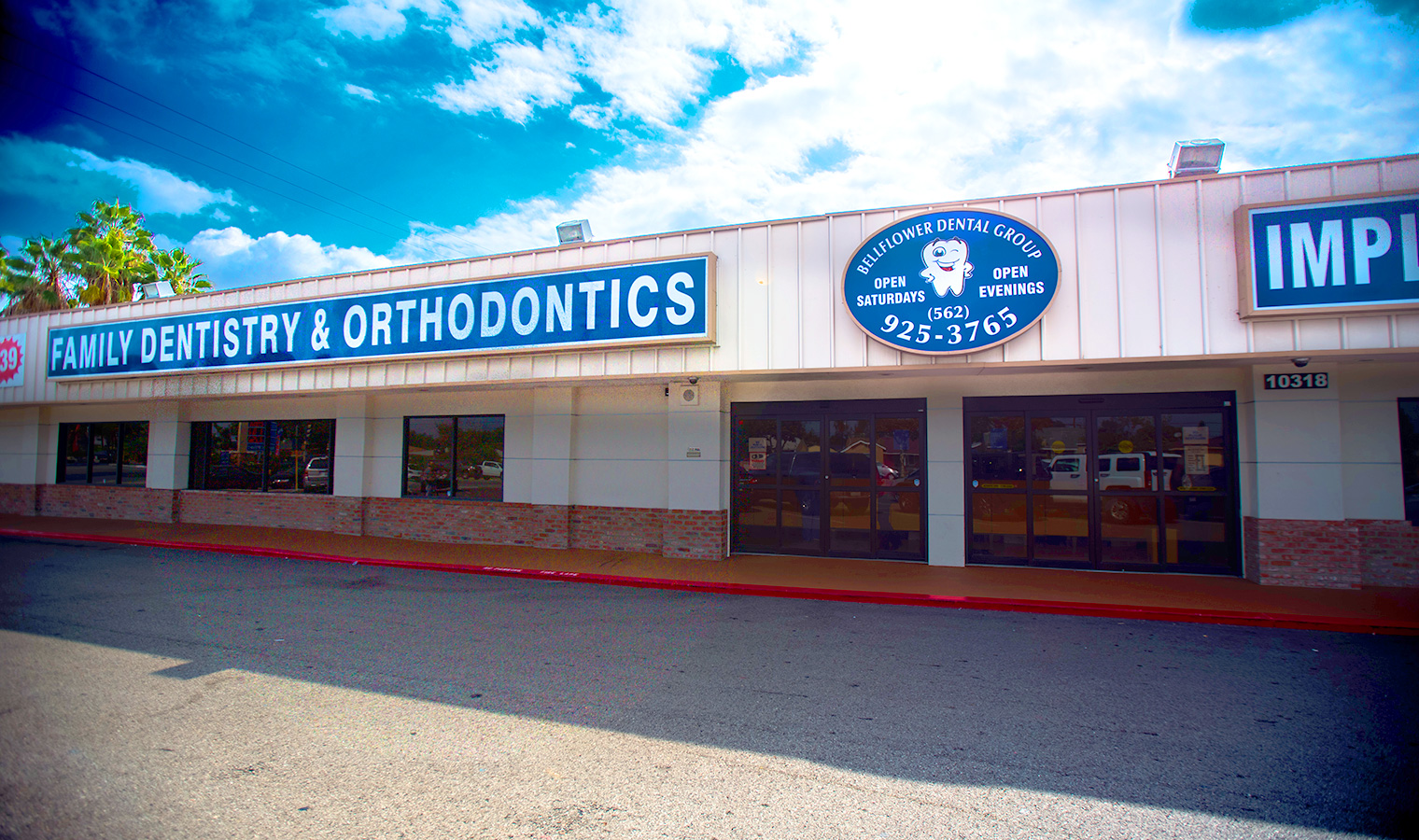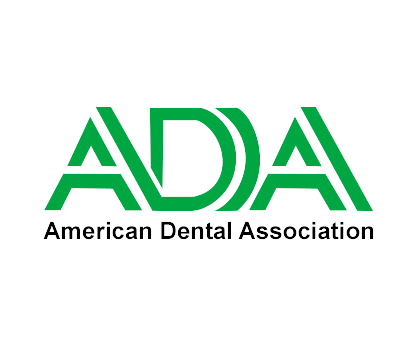Strong bonds are important in life, for healthy relationships and healthy smiles! Teeth, being stronger than the bone, can bear high loads due to its surface layer called enamel. Healthy teeth are so strong that people take them for granted and use them for all sorts of things like popping sodas open and crushing walnuts, which they should not do. Over time, due to a plethora of dental and non-dental reasons, the tooth can undergo wear and tear, making the tooth vulnerable to fracture, cracks, and chips. However, worry not, tooth bonding can be done to repair such damages. Keep scrolling to know how!
Tooth Bonding- Ever Heard Of It?
When it comes to dental problems, everyone wants the best close-to-natural possible solution so that their smile is not affected. Dental bonding or tooth bonding is a part of cosmetic dentistry that is used to repair damages such as cracks, fractures, and chips. It also restores the gap in between the teeth or mildly adjusts the height of a short tooth, making it appear to look natural.
Tooth Bonding- Who Needs It?
Some bonds never work, no matter how strong they are! At times when the damage is extensive and involves the inner layers of a tooth, tooth bonding might not be helpful at all, and the dentist would recommend you for other dental procedures such as dental implants or dentures. However, fortunately, tooth bonding is a part of a restoration that will be chosen as per the requirement of the tooth, such as:
Cracks
Fracture
Chipped or broken tooth
Worn out tooth
Mild gaps in between the teeth (diastema)
Lengthening the short heightened teeth
Composite resin is the material of choice when it comes to bonding. However, when bonding is inept to repair the damage, the dentist will move towards repairing the tooth with a more invasive dental procedure such as inlays, onlays, dental veneers, dental crowns, and dental bridges.
Inlays: Albeit a deep cavity, if the tooth structure is sound with no cusps lost, a pre-molded, indirect deep filling, called a dental inlay, can be used or bonded to restore the tooth.
Onlays: When the damage is so extensive that it has involved the cusp of a tooth, it needs a stronger restoration with a stronger bond. A dental onlay, made of porcelain, ceramic, resin, or gold, is an indirect, pre-made restoration bonded to fix the tooth.
Dental Veneers: Typically used to overcome the gap between the front teeth or adjust the height, dental veneers are thin shell-like, custom-made coverings (usually made of porcelain) used to fix minor damage (cracks) in the anterior (front) teeth. Dental veneers can be used to change the color, shape, size, and length of the tooth. Especially when patients want whiter teeth, but teeth whitening or bleaching does not benefit them, dental veneers are a great option to cover the intrinsic staining and brighten the smile! Porcelain dental veneers cover the complete surface of the tooth. They restore the aesthetics and function of the tooth and improve the health of your smile. As mentioned, dental veneers are the least invasive of all after tooth bonding, however, they cannot be done on the posterior (back) teeth as they are not strong enough to bear the masticatory (chewing) load.
How Are Dental Veneers Used?
There are two types of veneers used in dentistry, porcelain veneers and resin-based composite veneers. Choosing the material depends on the patient’s budget and preference.
Porcelain Veneers
Cost: More expensive
Tooth Preparation: Enamel has to be removed
Staining: Will never stain
Duration: Up to 15-20 years
Visits: 2-3 dental visits
Strength: Not easily chipped
Repair: Not easy to fix
Procedure: The dentist takes the impression of the tooth after cleaning and shaping in the first visit, and it is sent to the lab for fabrication. Once the dentists attain the perfect fit, the veneer is bonded over the tooth surface.
Resin-Based Veneers
Cost: Less expensive
Tooth Preparation: Less enamel removed
Staining: Stains over time
Duration: Up to 5 years
Visits: 1 visit
Strength: May fracture under stress
Repair: Easily fixed
Procedure: The dentist cleans and shapes the tooth, once it has been prepared, the resin is sculpted on the tooth and bonded to achieve the desired look.
Tooth Bonding- How Is It Done?
Tooth bonding is a single-visit (in and out) procedure that may or may not require local anesthesia, depending on how much the dentist has to prepare the tooth. Here are some of the steps involved in the procedure that will help you understand tooth-bonding works.
*The first step is to select the color for tooth bonding, as close to the natural tooth as possible. This is done using a tooth color shade card.
*The dentist then slightly prepares the surface of the tooth to achieve some roughness that will help the material to bond to the tooth strongly.
*The bonding agent is applied first, followed by the sticky composite resin.
*The composite is bonded and sculpted to achieve the desired results, or until the dentist is satisfied and the patient is happy.
*Composite is applied in layers, and every new layer is bonded to the former with a UV light. Adding composite in layers helps to achieve better, even results with lesser chances of any cracks developing within the restoration.
Tooth Bonding- Is There Any Aftercare?
After tooth bonding, avoid chewing or biting on hard surfaces. Avoid food and drinks that can stain the resin. If you stain the tooth bonding, it will need replacement, or you may have to opt for porcelain dental veneers for a better smile.
Tooth Bonding- In A Nutshell!
Nothing is worse than a broken bond, between two people or resin and a tooth! All in all, tooth bonding is a painless, less invasive dental procedure that can easily repair mild cracks, chips, and even slight discoloration of the tooth. However, it will restore the color close to the natural one. Hence, if you are looking for a whiter and brighter option, consult your dentist, for they may have better dental solutions for you. Smile, let us celebrate the new bond!























